The technology could potentially identify a hidden weapon from a distance in less than a second.
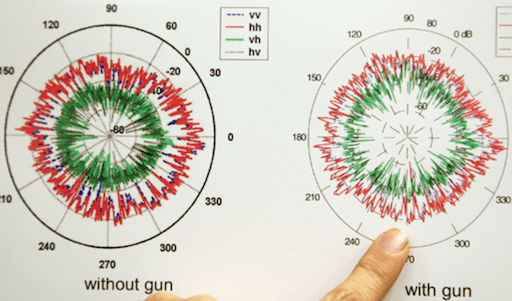

The technology could potentially identify a hidden weapon from a distance in less than a second.
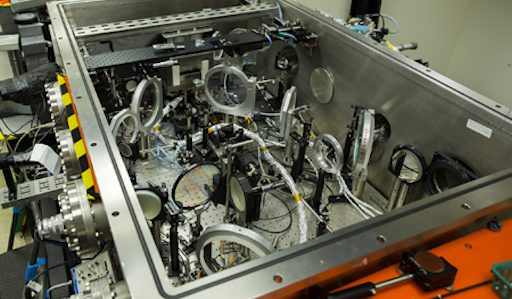
Thanks to HERCULES, scientists are now able to study very dense plasmas — a crucial step in nuclear fusion and astrophysical research.
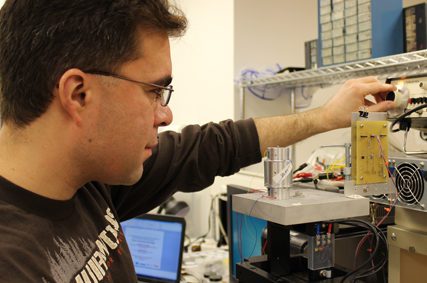
McCullagh is working to develop energy harvesting devices and circuits to power wireless sensor nodes which can monitor bridge health.
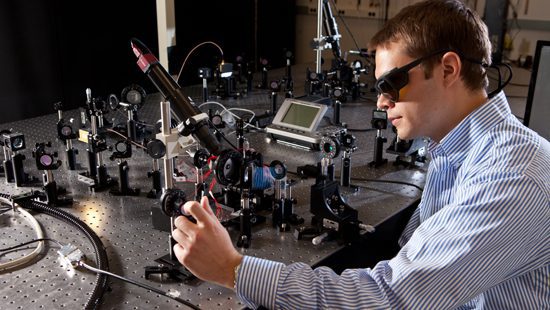
The proposed emitter incorporates plasmonic photoconductors to more efficiently convert power from incident laser light into terahertz radiation.
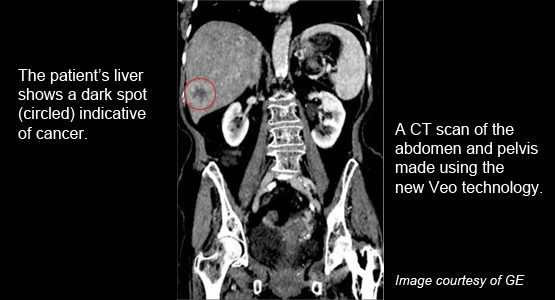
“We’re excited to be adding Veo to the measures we already have in place to ensure that we get diagnostic images using the lowest amount of radiation possible.”
The researchers have optimized an optical resonator to take an infrared signal from relatively cheap telecommunication-compatible lasers and boost it to an ultraviolet beam.
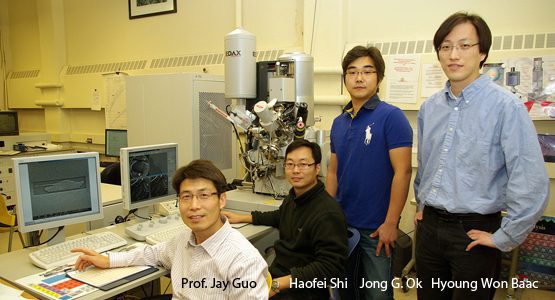
The carbon nanotube carpet is about half the thickness of a sheet of paper and absorbs 99.9 percent of the light that hits it.
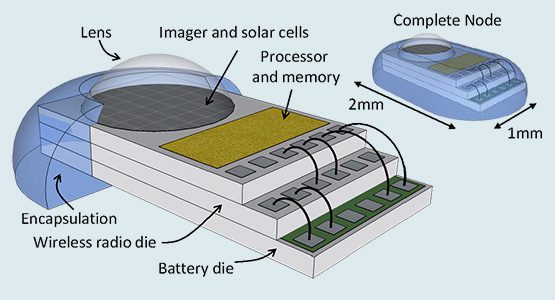
This research is expected to have a fundamental and long term impact on a diverse set of applications ranging from energy conservation to health care.
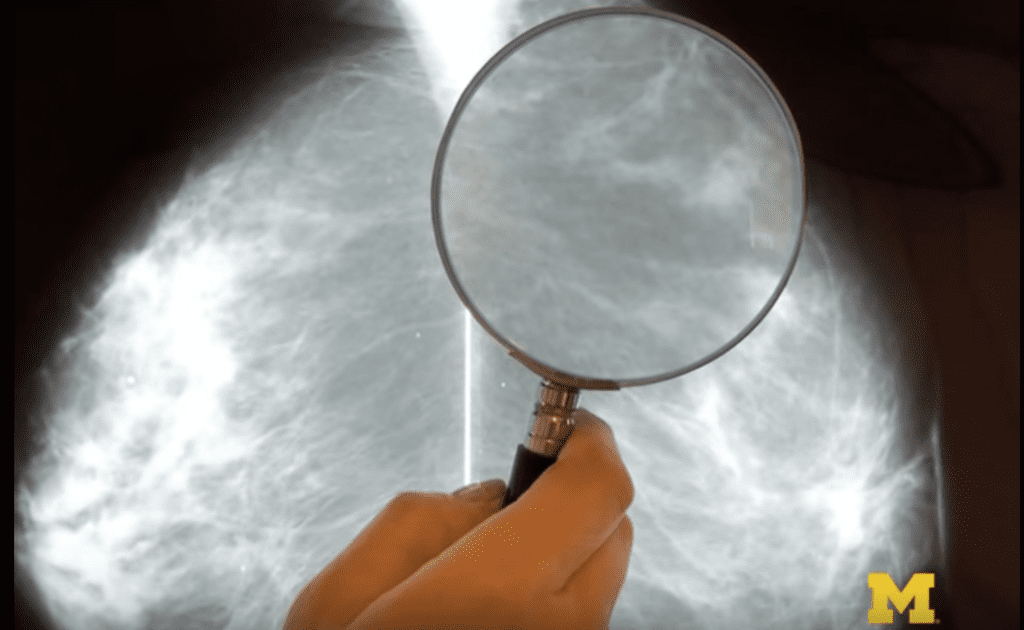
The goal of the research is to develop an alternative method to x-ray imaging that is safer and uses nothing stronger than radio frequency waves.

Berry is designing an emitter to operate as a light-weight, local oscillator for a terahertz spectroscopy system suitable for use in space.